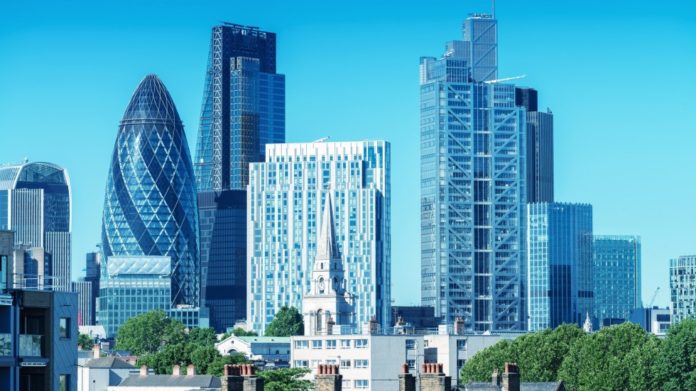
London – Almost 400 companies listed on the London Stock Exchange are domiciled in tax havens linked to Great Britain: of these, 129 are in the island of Guernsey and 42 in the British virgin islands.
London is a major hub for offshore jurisdictions, at the center of a web of tax havens consisting of three Crown Dependencies (Jersey, Guernsey and the Isle of Man) and 14 overseas territories, six of which are recognized as tax havens ( Anguilla, Bermuda, British Virgin Islands, Cayman, Gibraltar and the Turks and Caicos Islands).
The City of London therefore has massive capital inflows.
The financial flows linking the offshore outposts with the beating heart of the City were analyzed in a study commissioned in 2009 by the Chancellor of the British Exchequer.
At the end of June 2009 – were the conclusions of Michael Foot’s report – the money lent by the British banks to the banking and financial entities domiciled in the nine offshore jurisdictions amounted to 413.8 billion dollars while the flows that flowed from the offshore centers towards the City amounted to 670.8 billion dollars.
So the net inflow of capital from the peripheral network of the Great Britain’s tax havens to its capital was 257 billion dollars.
This means that the London financiers transferred money from the suburbs of the empire and invested them in the “square mile”.
There are no elements to say that things have changed since 2009.
Rather. But how much of that money is clean and how dirty it is really difficult to calculate, even if the same British authorities speak of hundreds of billions of dollars recycled.
The report of the National crime agency
In presenting the latest report on organized crime, Nca president Lynne Owens said that “the threat of organized crime continues to evolve and has done so over the past year in ways that have aroused considerable and understandable attention from the opinion. public. There have been great operational successes that have embraced multiple areas of crime, built on collaboration, which is fundamental both for our understanding of the threat and for preparing the most effective responses. “
On the website of the Agency we still read – in clear letters – that organized crime is one of the most serious threats to national security and for the community has an estimated cost of over 20 billion pounds a year.
In the report, released in September 2016, the agency defined money laundering as “a reputational and financial risk for the United Kingdom”.
As if this were not enough, the inability to fight corruption networks, represents a damage to the same English companies that instead operate in the most complete and transparent financial traceability.
London is a major hub for offshore jurisdictions, at the center of a web of tax havens consisting of three Crown Dependencies (Jersey, Guernsey and the Isle of Man) and 14 overseas territories, six of which are recognized as tax havens ( Anguilla, Bermuda, British Virgin Islands, Cayman, Gibraltar and the Turks and Caicos Islands).
The City of London therefore has massive capital inflows.
The financial flows linking the offshore outposts with the beating heart of the City were analyzed in a study commissioned in 2009 by the Chancellor of the British Exchequer.
At the end of June 2009 – were the conclusions of Michael Foot’s report – the money lent by the British banks to the banking and financial entities domiciled in the nine offshore jurisdictions amounted to 413.8 billion dollars while the flows that flowed from the offshore centers towards the City amounted to 670.8 billion dollars.
So the net inflow of capital from the peripheral network of the Great Britain’s tax havens to its capital was 257 billion dollars.
This means that the London financiers transferred money from the suburbs of the empire and invested them in the “square mile”.
There are no elements to say that things have changed since 2009.
Rather. But how much of that money is clean and how dirty it is really difficult to calculate, even if the same British authorities speak of hundreds of billions of dollars recycled.
The report of the National crime agency
In presenting the latest report on organized crime, Nca president Lynne Owens said that “the threat of organized crime continues to evolve and has done so over the past year in ways that have aroused considerable and understandable attention from the opinion. public. There have been great operational successes that have embraced multiple areas of crime, built on collaboration, which is fundamental both for our understanding of the threat and for preparing the most effective responses. “
On the website of the Agency we still read – in clear letters – that organized crime is one of the most serious threats to national security and for the community has an estimated cost of over 20 billion pounds a year.
In the report, released in September 2016, the agency defined money laundering as “a reputational and financial risk for the United Kingdom”.
As if this were not enough, the inability to fight corruption networks, represents a damage to the same English companies that instead operate in the most complete and transparent financial traceability.
Riccardo Cacelli


